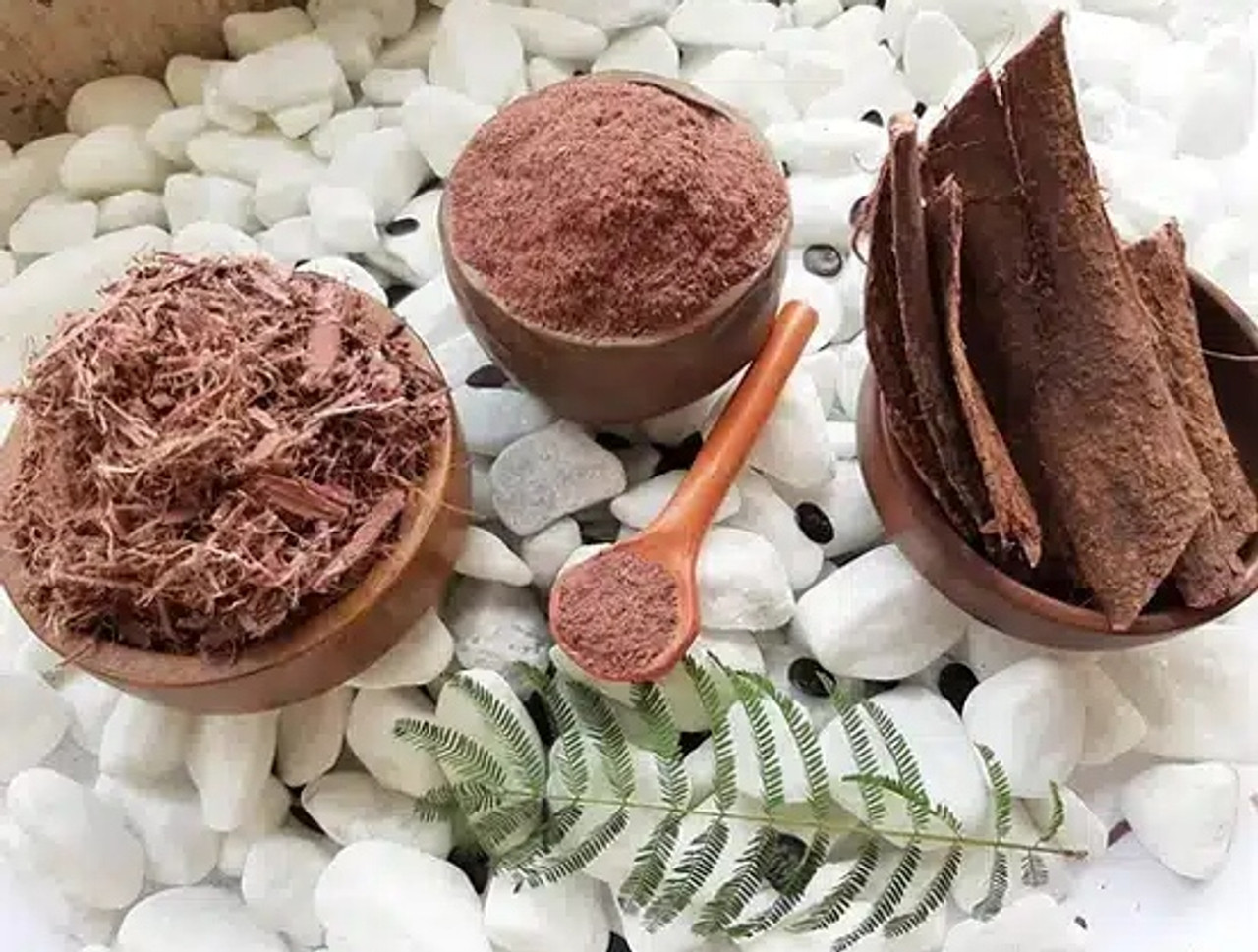Introduction: The Power of Natural Dye in the Modern Era
Natural dye, these two words have become a beacon of sustainability in the textile and fabric industry. As the world turns its attention to eco-friendly solutions and environmentally responsible products, natural dye is taking the lead with renewed passion. From ancient traditions to modern methods, natural dye continues to offer safe, biodegradable, and vibrant alternatives to chemical-laden colorants. Among the various natural dye sources available, one plant stands out for its superior performance — mimosa hostilis. Known for its richness in tannins and powerful pigmentation properties, mimosa hostilis has become a cornerstone for professionals and hobbyists who prioritize Natural dye methods that don’t just deliver color, but ensure vibrancy and longevity. Natural dye experts worldwide are embracing mimosa hostilis not just for tradition, but for the unmatched results it delivers consistently.
Mimosa Hostilis: The Natural Dye Game-Changer
Natural dye enthusiasts are always on the lookout for a reliable botanical that delivers intense color while maintaining environmental integrity, and mimosa hostilis ticks all those boxes. This remarkable tree, native to parts of South and Central America, is rich in tannins, making it highly suitable for producing natural dye that bonds deeply with fibers. Whether used on cotton, wool, linen, or silk, the bark of mimosa hostilis creates a strong adherence between the dye and the fabric. This ensures that the natural dye not only takes well but remains vibrant even after multiple washes. Mimosa hostilis provides a rich purple to reddish hue, depending on the mordants and techniques used, offering flexibility to natural dye artisans looking to experiment with tones while keeping results vibrant and long-lasting.
Why Natural Dye Results Are Superior with Mimosa Hostilis
The strength of mimosa hostilis lies in its chemistry. Natural dye derived from mimosa hostilis contains high concentrations of flavonoids and tannins — both of which are essential in the natural dye process. These components make the bond between the natural dye and the textile exceptionally strong. This is crucial for achieving results that resist fading, even when exposed to sunlight or repeated laundering. Another reason mimosa hostilis excels in the natural dye process is its fine particle composition, which allows it to permeate the fibers deeply. This deep penetration results in a more even, richly saturated coloration that rivals or even surpasses that of synthetic dyes, all while staying 100% natural. For anyone who values both beauty and responsibility in their work, mimosa hostilis is the go-to source for superior natural dye outcomes.
Mimosa Hostilis and the Eco-Friendly Appeal of Natural Dye
One of the main reasons artisans and manufacturers are turning to mimosa hostilis is its role in sustainable natural dye processes. Unlike synthetic dyes, which rely on petrochemicals and heavy metals, natural dye from mimosa hostilis is biodegradable, non-toxic, and safe for use in environmentally conscious production. The harvesting process of mimosa hostilis is also sustainable when conducted responsibly, ensuring that the ecosystem remains unharmed. When used in natural dye production, it minimizes water pollution and reduces the carbon footprint, especially when compared to traditional industrial dyeing methods. In an age where conscious consumerism is on the rise, using mimosa hostilis for natural dye aligns with ethical practices that customers are increasingly demanding.
Cultural Roots and Modern Revival of Natural Dye with Mimosa Hostilis
Mimosa hostilis is not a newcomer in the world of natural dye. Indigenous cultures in Brazil and Mexico have used it for centuries, not only for coloring fabrics but for its medicinal and spiritual properties. Its resurgence in the modern natural dye scene is not just a trend — it’s a revival of ancient wisdom paired with contemporary needs. Artisans are returning to this time-tested plant for its dependable results in natural dyeing. The cultural heritage behind mimosa hostilis adds depth and meaning to the natural dye process, connecting every piece of fabric dyed with it to a rich legacy. Today’s designers and creators are building a bridge between the past and the future by choosing mimosa hostilis for their natural dye needs.
Mimosa Hostilis Across Textile Types: A Versatile Natural Dye Agent
One of the standout qualities of mimosa hostilis is its versatility across different textiles. Natural dye from this botanical works remarkably well on both plant-based fibers like cotton and linen, and animal-based fibers like silk and wool. This adaptability makes it a favorite among dyers who work with diverse materials. Whether you’re creating high-end fashion garments, artisanal home textiles, or natural accessories, mimosa hostilis provides a consistent natural dye experience. The results are not only aesthetically beautiful but structurally sound, with dye that penetrates and binds in a way that enhances durability and fabric longevity. This makes mimosa hostilis a smart choice for professional workshops and DIY natural dye projects alike.
Consistency, Longevity, and Brilliance in Every Batch
Natural dye specialists understand that consistency is key, and mimosa hostilis delivers that in every batch. Whether you are dyeing a small sample for testing or running a full production line, the natural dye results remain reliable. Its strong bonding capability ensures that color doesn’t just sit on the fabric’s surface but becomes part of its essence. Even after months of wear and washing, textiles dyed with mimosa hostilis retain their color vibrancy and intensity. This long-lasting brilliance is why so many natural dye experts rank it among their top botanical choices.
Conclusion: Mimosa Hostilis Is the Future of Natural Dye
In conclusion, mimosa hostilis stands out as a trusted, versatile, and powerful source of natural dye that aligns with both traditional practices and modern demands. With its ability to produce long-lasting, vibrant results across multiple fabrics, mimosa hostilis is rightly at the forefront of natural dye innovation. It offers everything a natural dye enthusiast could want — environmental responsibility, cultural depth, rich color, and superior performance. As the natural dye movement continues to grow, mimosa hostilis will undoubtedly remain a cornerstone botanical, trusted by artists, artisans, and textile manufacturers across the globe. When it comes to achieving beautiful, eco-conscious, and enduring color, the natural dye world confidently trusts mimosa hostilis — and for very good reason.



